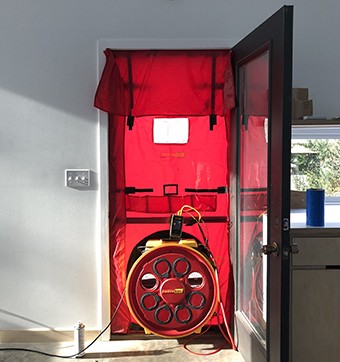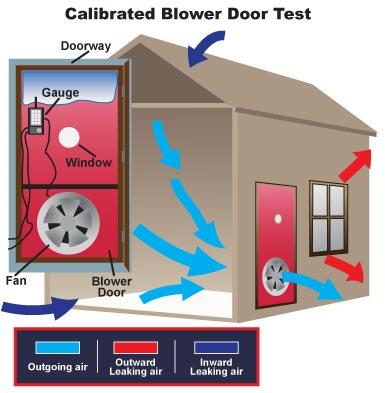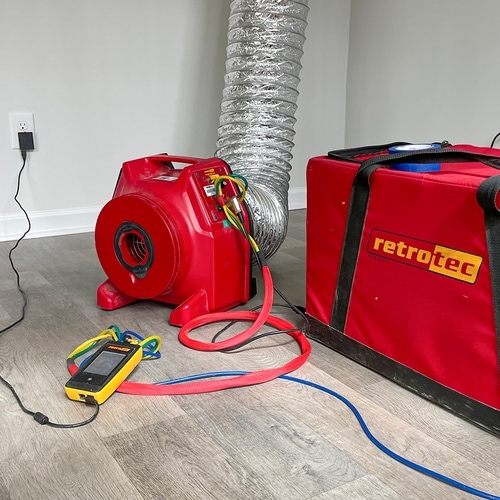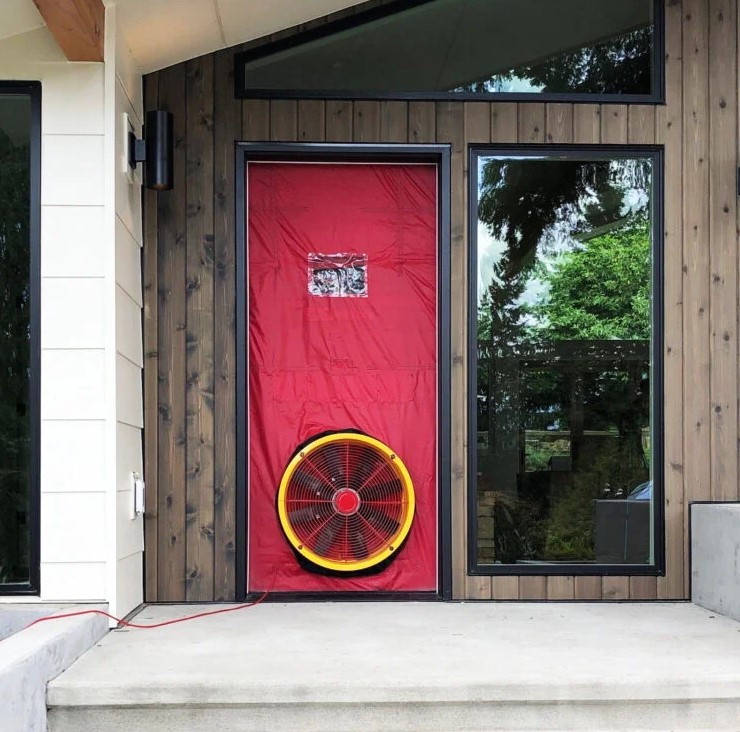Imagine a home that stays warm in winter and cool in summer, with minimal energy use. That's the dream of a Passive House, a super-insulated building approach gaining traction in New Zealand. But to achieve this dream, airtightness is crucial. Here's where blower door testing comes in.
What is Blower Door Testing?
Think of a blower door as a high-tech fan that pressurises a building. By measuring the air leakage at different pressure levels, testers identify just how much air escapes through cracks and gaps. This information is vital for Passive House certification, which demands exceptional airtightness.
Why is Blower Door Testing Important for Passive Houses?
Passive Houses rely on a minimised heating and cooling demand. Uncontrolled air leaks can significantly compromise this. Blower door testing helps ensure:
Energy Efficiency: Reduced air leakage translates to less energy needed to maintain comfortable indoor temperatures.
Improved Comfort: Drafts are a thing of the past! A tight building envelope means consistent temperatures throughout.
Better Indoor Air Quality: By minimising outdoor air infiltration, you reduce unwanted pollutants and allergens.
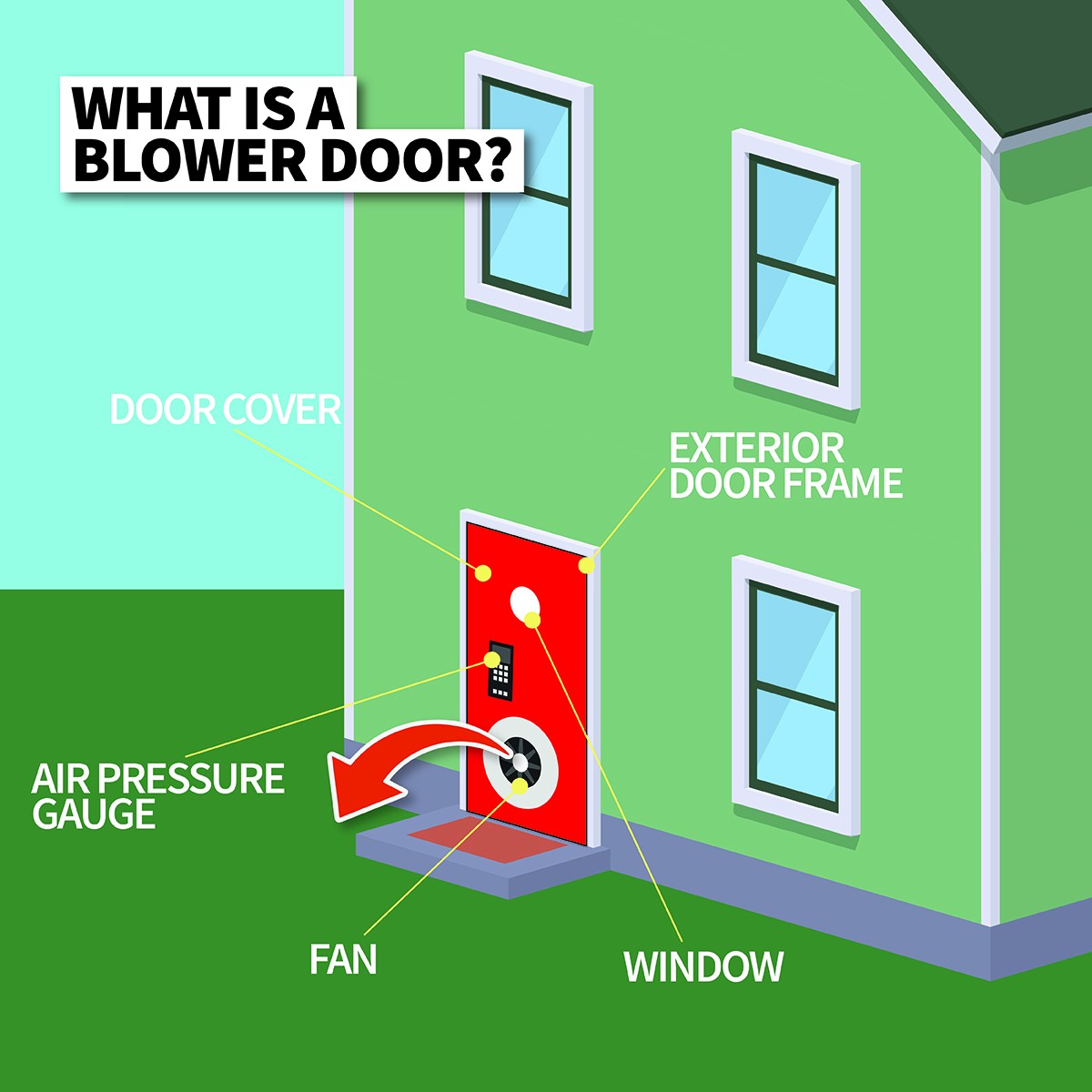
Why is Blower Door Testing Important for Passive Houses?
Passive Houses rely on a minimised heating and cooling demand. Uncontrolled air leaks can significantly compromise this. Blower door testing helps ensure:
Energy Efficiency: Reduced air leakage translates to less energy needed to maintain comfortable indoor temperatures.
Improved Comfort: Drafts are a thing of the past! A tight building envelope means consistent temperatures throughout.
Better Indoor Air Quality: By minimising outdoor air infiltration, you reduce unwanted pollutants and allergens.
Blower Door Testing in New Zealand: What You Need to Know
While Passive House certification has its own testing procedures, blower door testing itself is a well-established practice in New Zealand. Here's what to keep in mind:
Find a certified tester: Ensure your tester is accredited by the Australasian Building Tightness Management Association (ATTMA).
Schedule the test at the right time: The test is usually conducted once construction is complete and the building envelope is sealed.
Prepare your house: Seal temporary openings and ensure the HVAC system is off.
